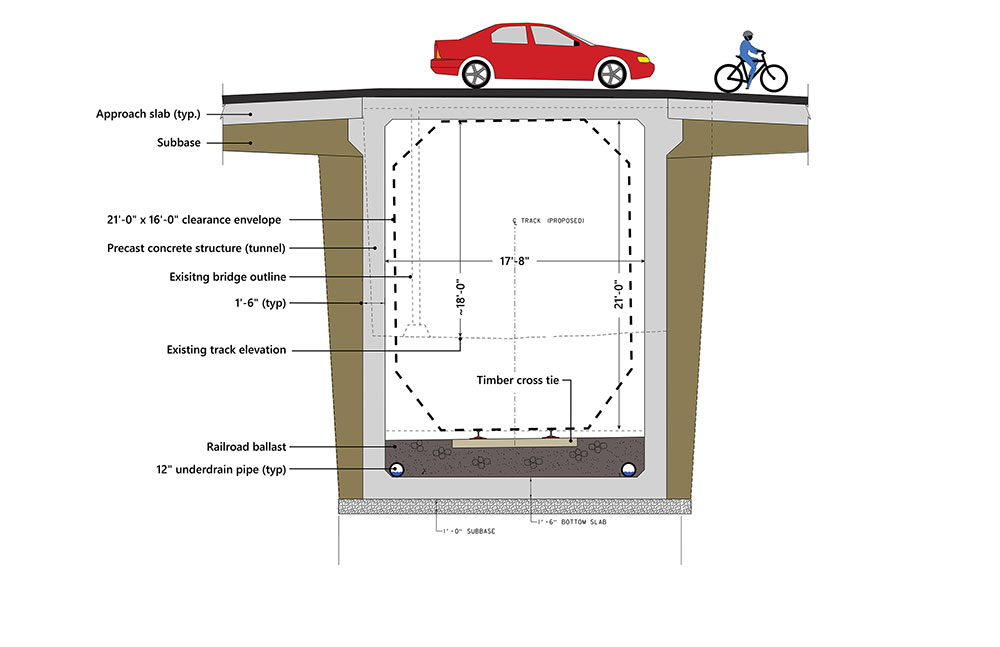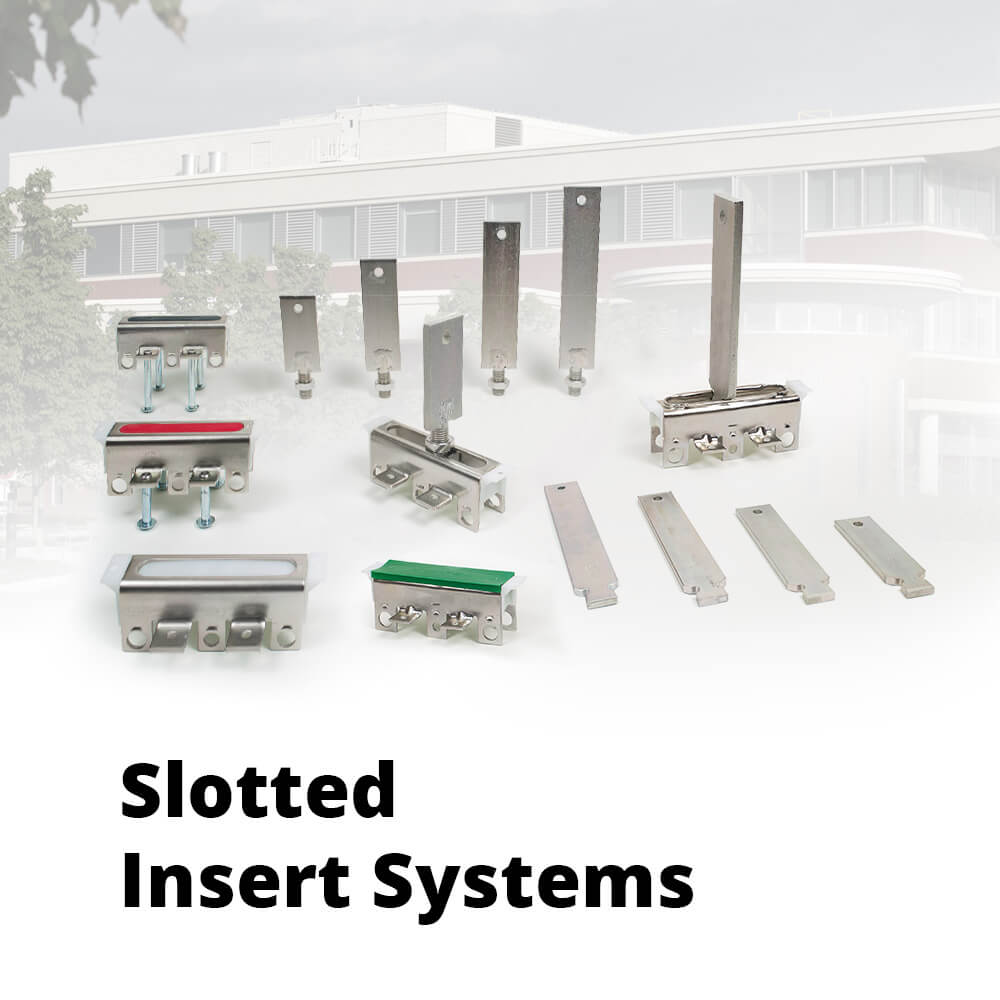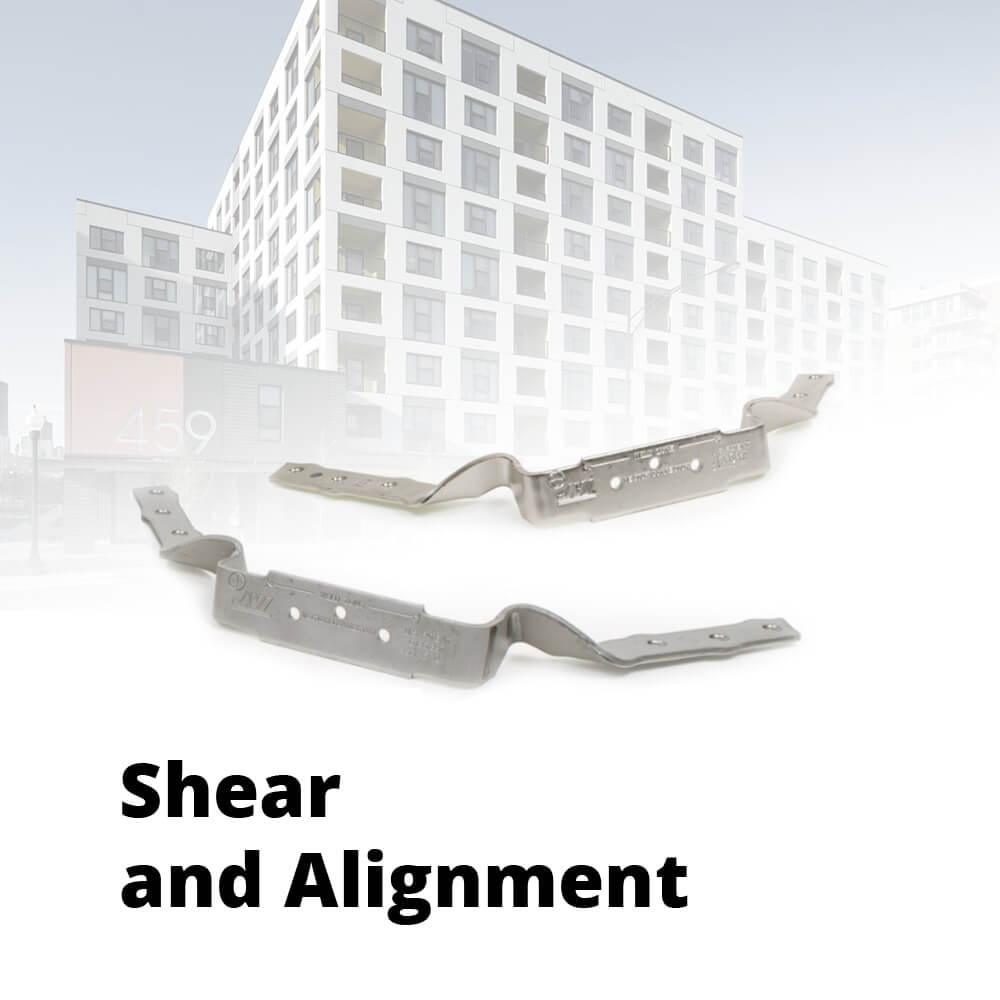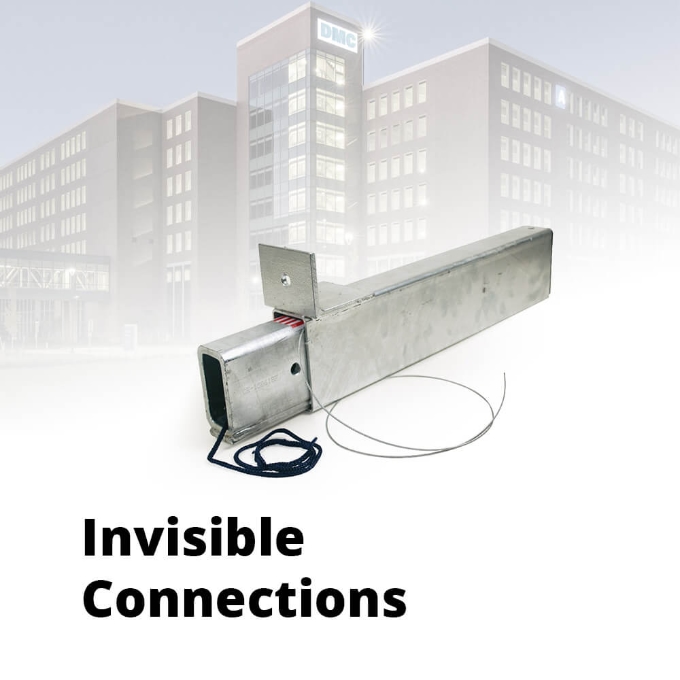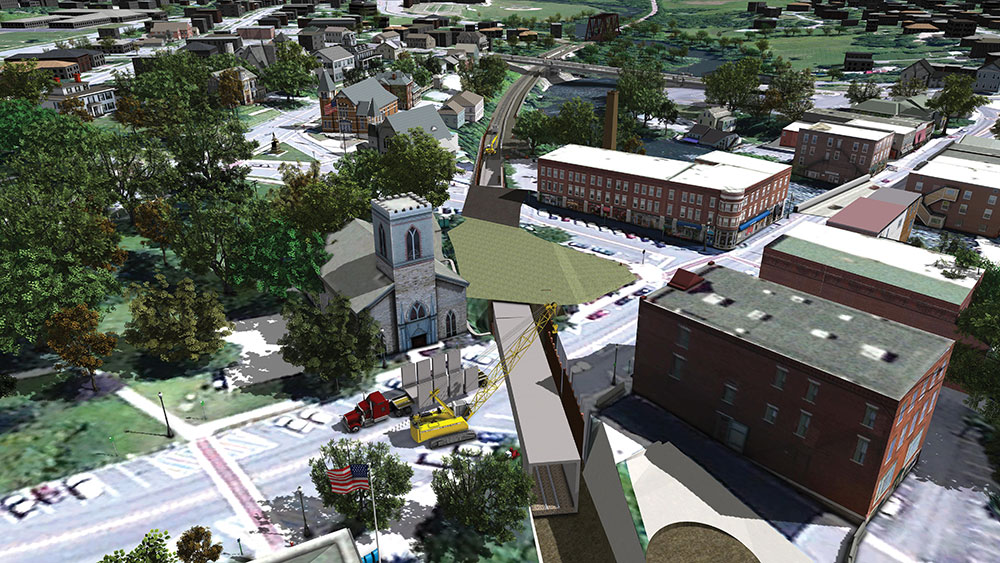
Precast Concrete “Bridges” the Gap in Vermont
Credit: Original article published here.
$70 million precast concrete tunnel project will bring Vermont town’s 20-year-old vision to life while also supporting the state’s infrastructure and economic goals.
By Bridget McCrea
Since its founding in 1761, Middlebury has been a town of significance in Vermont. The state’s marble industry was born there, supplying markets from Quebec to Georgia. Middlebury was also home to the second set of power looms to be built in New England; the first nail and window sash factories in Vermont; and, later, the mills that supplied Victorian wood detailing for much of the west-central part of the state.
As with any colonial town whose population has expanded over the decades, Middlebury is now facing infrastructure challenges to accommodate the current population and replace aging structures. Last year, for example, two 100-year-old bridges situated in the downtown area had to be demolished. Managed by the Vermont Agency of Transportation (VTrans), that was the first stage of a much larger project, according to Jim Gish, Middlebury’s community liaison for the Downtown Bridges Replacement Project, and it paved the way for Vermont to award a contract to Kubricky Construction Corp. to demolish the bridges and build temporary steel ones.
Now, VTrans is building a 360-foot precast concrete tunnel to permanently replace the two deteriorating bridges while also addressing several railroad-related challenges. Gish said the interim project gave the town an opportunity for a “dry run” at what the actual construction would look and feel like smack in the center of town.
“I think that was a plus for when we turned the corner into the formal beginning of the project, which happened this year,” Gish said.
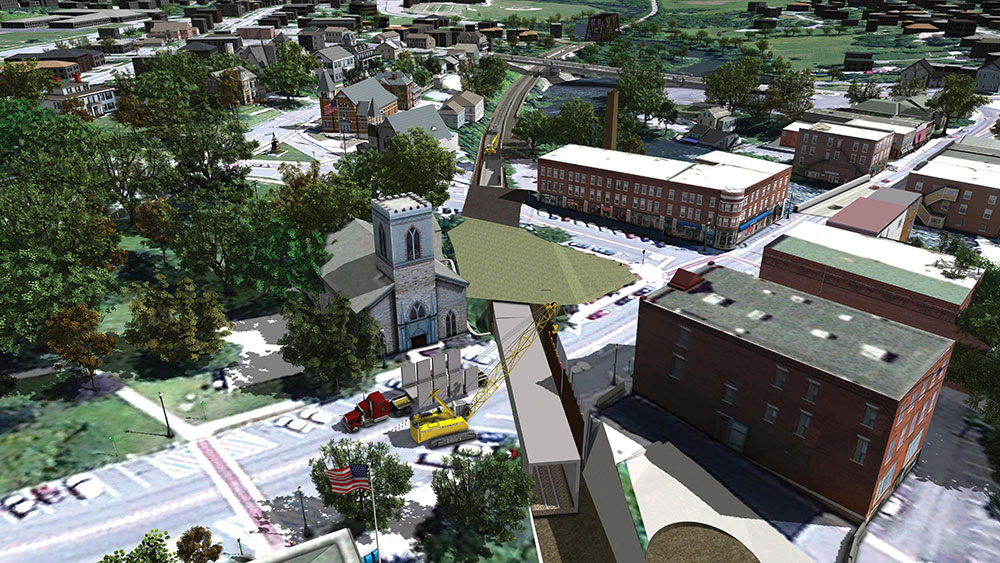
Photo courtesy of VHB
Middlebury, Vt., is using a precast concrete tunnel to replace two 100-year-old bridges in the heart of the town.
It’s been a long time coming
With the intent of improving pedestrian and driver safety while also increasing freight train capacity, VTrans is in the final design phase for the $70 million project. Kristin Higgins, P.E., VTrans’ structures and hydraulics program manager, said the project has been a long time coming.
“The original bridge project was programmed back in 1999, so it’s been on the books for nearly 20 years,” she said.
Presented in the early-2000s, the first solution incorporated two new cast-in-place bridges that met the American Railway Engineering and Maintenance-of-Way Association (AREMA) 23-foot clearance standards. The idea of having two high bridges right in the middle of town did not sit well with the community.
“We went back and forth, and finally agreed on the current solution to lower the railroad track, which didn’t meet AREMA’s standard, so we sought legislation to lower its requirement to 21 feet,” Higgins noted.
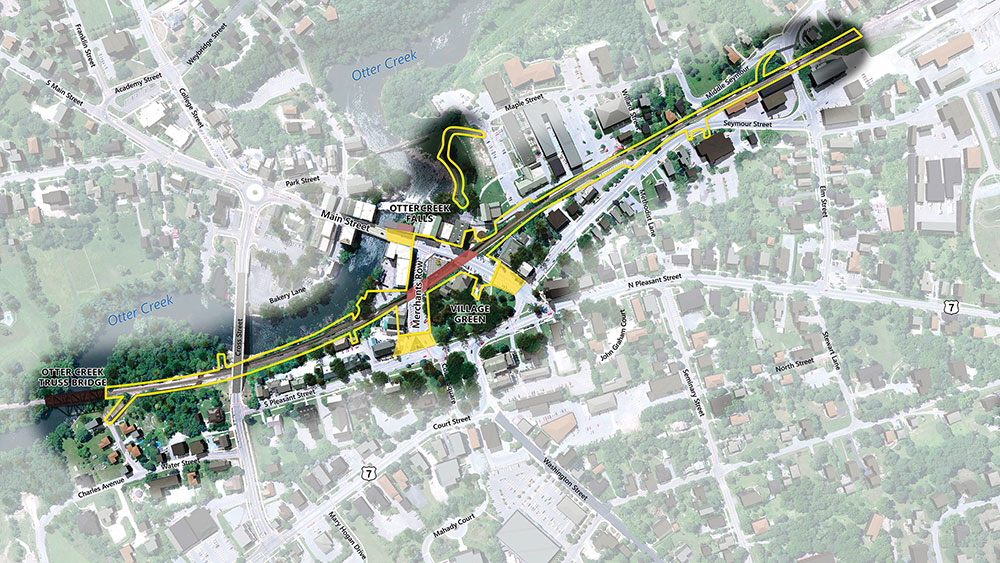
Rendering courtesy of VHB
The replacement of the bridges has been talked about for 20 years as a way to improve pedestrian and driver safety while increasing freight train capacity.
Working with the existing opening at 18 feet meant VTrans could lower the tracks and engineer the new bridges in a way that would keep the road grade constant.
“That idea was more endorsed,” Higgins said. “But it also meant a lot of precast.”
The first phase of the project is underway and includes constructing a new drainage system for the rail line, lowering the rail line itself (to accommodate the new bridges), and rebuilding a 3,500-foot section of rail line through the downtown, according to Gish.
“Before that construction can get underway, we need to create a new drainage system to get standing water off the rail line and improve the management of stormwater in the downtown area,” he explained.
Precast rises to the top
Strategically situated on an active railroad corridor, Middlebury’s original bridge replacement project would have required daily rail closures and specific windows for performing the work.
“It was a very long and expensive project that included some cast-in-place and some precast concrete,” said Aaron Guyette, transportation market lead for civil engineering firm VHB in Burlington, Vt.
While developing the scope of the project, Guyette said VHB began exploring alternative methods of project completion.
“The idea of a railroad detour, or detouring the train around Middlebury via tracks located in different parts of the state, became a leading option,” said Guyette, noting that the option would require accelerated construction to complete the scope of the project through the railroad corridor.
“When you’re looking to accelerate a project of this size, you want to be able to quickly get the structural pieces in place and connected, and then get the railroad track reestablished,” Guyette explained. “Precast rose to the top from that perspective.”
Using the CM/GC project delivery method, where the construction manager – in this case Kubricky – can bid on and win the project as long as the owner, designer and independent cost estimator agree a fair price has been submitted, VTrans is getting the best of both worlds, Guyette said. Once the contract is in place, the contractor will select a precast concrete manufacturer to make the tunnel pieces.
To date, the project will require 350 total pieces of precast, according to Guyette. The culvert is a clamshell design with the two pieces joined on site to create the 360-foot-long main tunnel, which extends from Merchant’s Row to Main Street. With dimensions of 20-feet-9-inches by 27-feet-4-inches, the box will be filled with railroad ballast, with the ties and tracks installed atop the ballast.
“That gets filled in and allows to us to have the 21-feet minimum vertical clearance,” said Guyette, noting that there will also be 325 feet of precast U-walls placed on one end of the tunnel, and just over 1,065 feet of U-walls on the other side.
Those U-walls will allow VTrans to transition from the track’s current grade to be a bit further submerged as it enters the tunnel and allows them to transition from the depth of the tunnel back up to the existing grade of the railroad, and to support the slopes on either side of the tracks.
Closing the chapter
In assessing the important role that precast will play in the bridge replacement project, Guyette said he’s most enthused about the material’s quick installation times.
“We can pretty much just bolt it to the ground as it comes on-site,” Guyette said. “Precast is also easy to transport, and then is set in place with a crane.”
Guyette added that precast offers long-term durability, 100-year design life, and a level of flexibility that will find VHB working with the project contractor throughout the life of the project to ensure the result is relatively maintenance-free. Finally, he said precast is easy to maintain on an ongoing basis and reinforced to the point where no post-tensioning or post-engineering is required.

Rendering courtesy of VHB
The project will have several other benefits like improving railroad traffic and enhancing the town’s economic development efforts.
As VTrans’ vision for the bridge replacement and railroad track alterations continues to come into focus, Higgins said Amtrak is already eyeing the improvements and looking forward to coming through that part of the state.
“This project will improve track conditions in that area, and set the stage for , which will help bring people through the western part of Vermont,” Higgins said.
2021: The big year
Slated for completion in 2021, the tunnel is part of the state’s program to deliver projects quickly while using accelerated bridge construction to reduce road closure durations.
“VTrans did as much work in advance as possible before actually putting in the new bridges, with this year’s phase being the drainage system,” Gish said. “The next step, in 2019, will be the support of excavation up and down the rail line.”
Some of the most substantial work will be undertaken during the summer of 2020, when the railway will be detoured around Middlebury while the tracks are lowered and the precast concrete tunnel is installed. To improve reliability and the town’s aesthetic appeal, some utilities will be buried underground. Then, Amtrak will come to town in 2021, which is another benefit, since many Middlebury College students and parents will be better connected to New York City.
Recognizing the magnitude of the Middlebury bridge replacement and the ancillary initiatives that go along with it, Gish said he’s particularly proud of how the community has come together to support the mission.
“Community spirit and action have been real advantages on this endeavor,” he said. “We’ve really been able to pull everyone together and create a sense of purpose here.”
Bridget McCrea is a freelance writer who covers manufacturing, industry and technology. She is a winner of the Florida Magazine Association’s Gold Award for best trade-technical feature statewide.
The post Precast Concrete “Bridges” the Gap in Vermont appeared first on National Precast Concrete Association.

